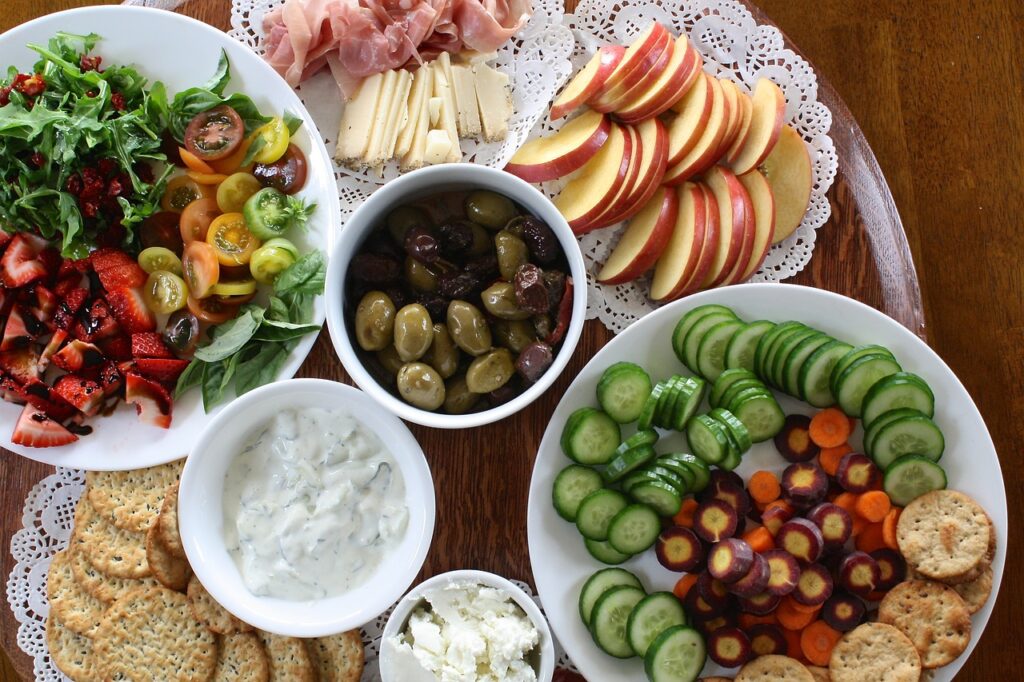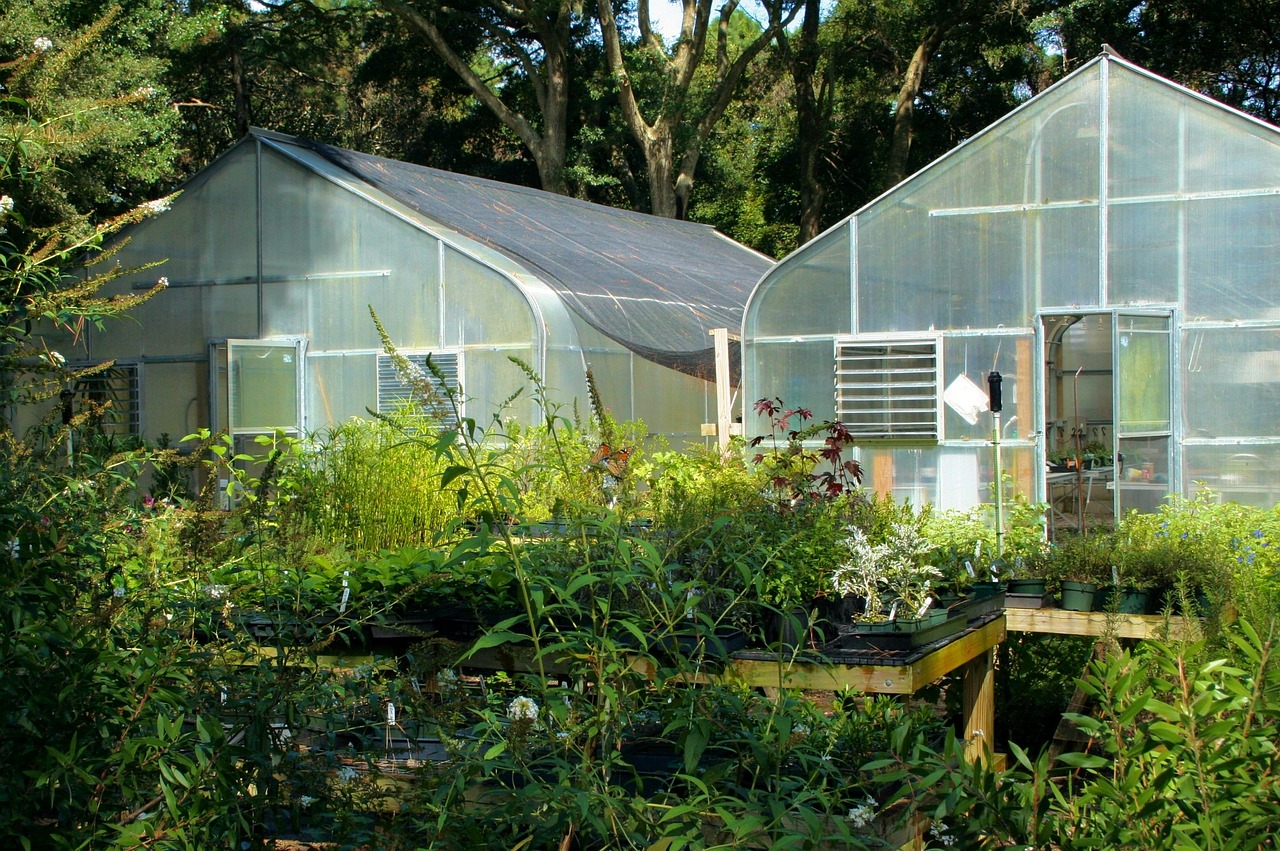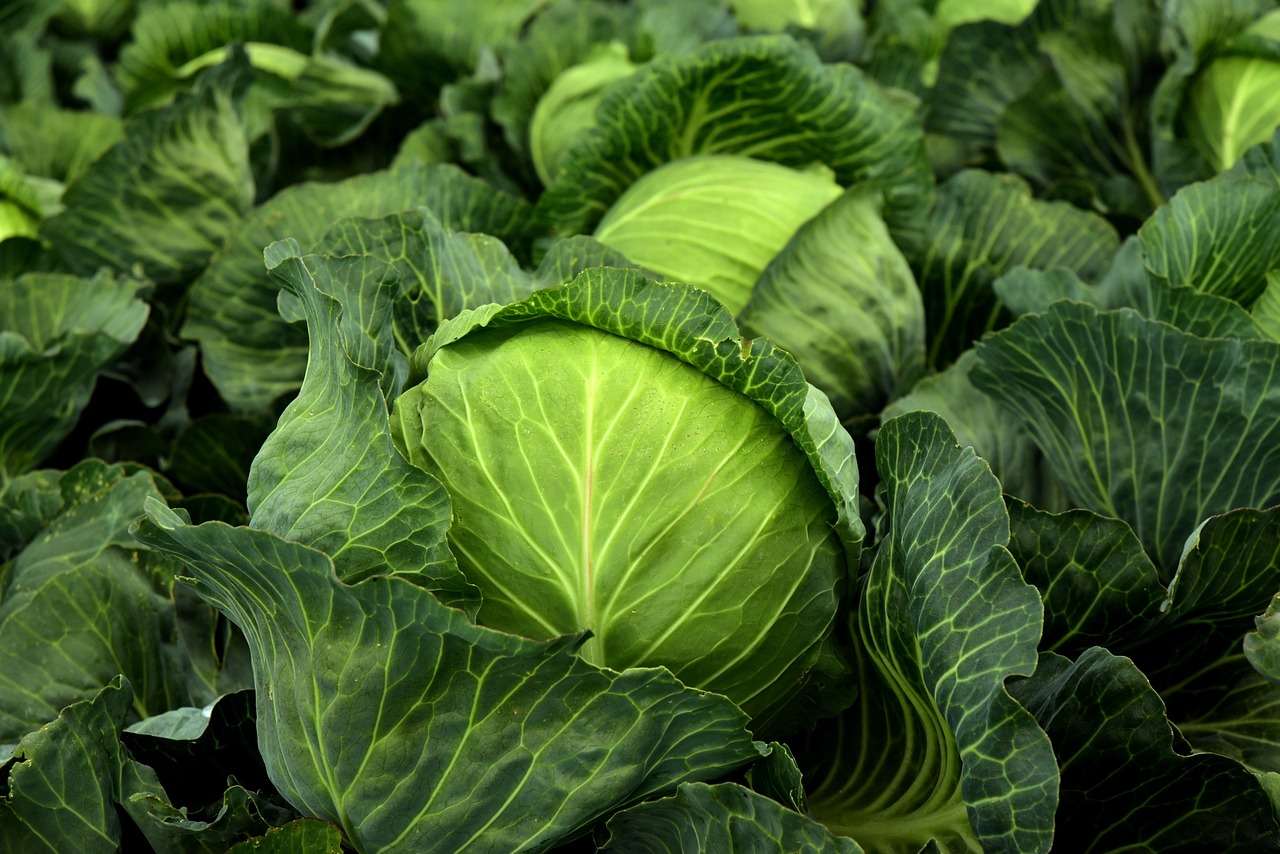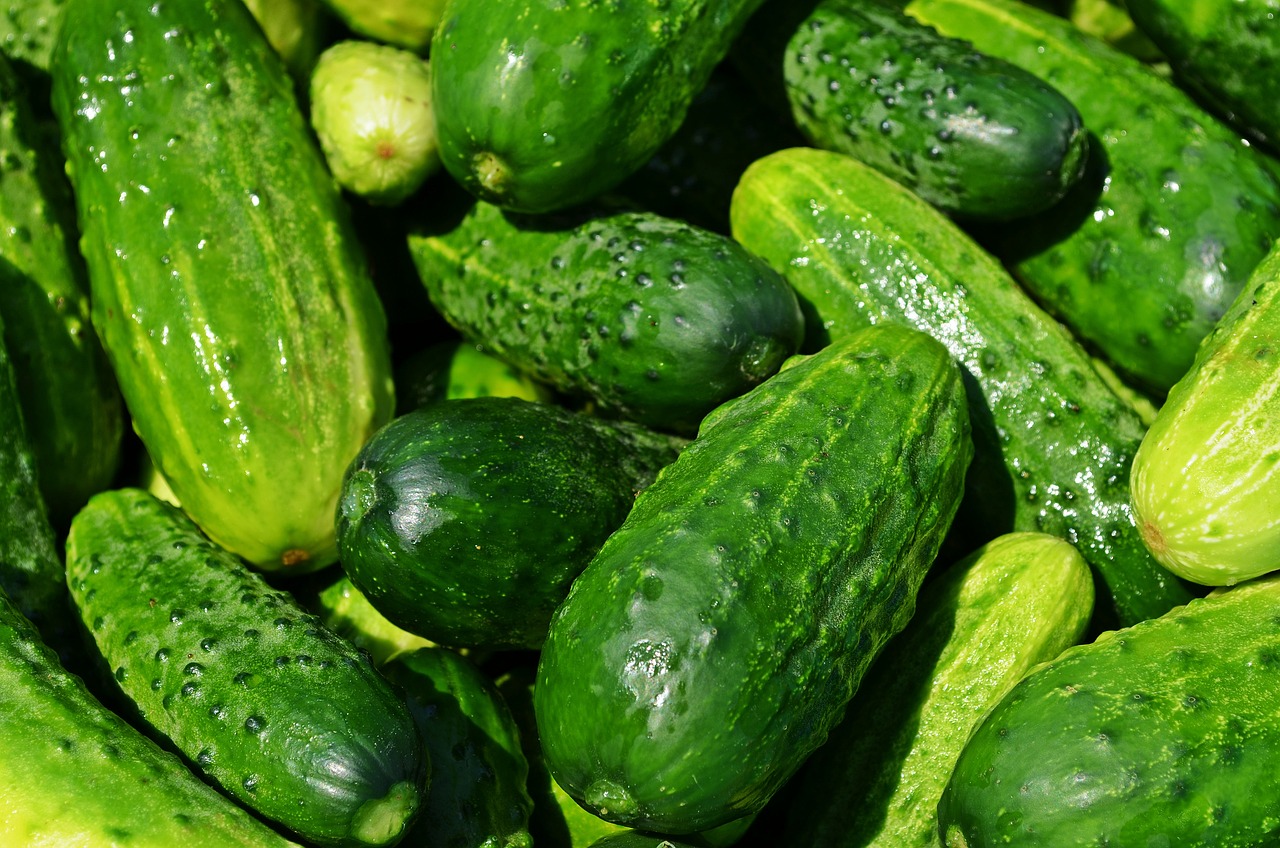Are you interested in growing your own organic salad greens, but lack space for a traditional garden? Look no further than container gardening! With the right strategies and techniques, you can grow an abundance of tasty and nutritious salad greens right on your balcony or patio.
In this article, you’ll learn everything you need to know about growing organic salad greens in containers. From choosing the right container and soil, to selecting the best varieties and caring for your plants, we’ve got you covered.
With these tips and tricks, you’ll be enjoying fresh, homegrown salads in no time!
Choosing the Right Container for Your Salad Greens
Don’t settle for just any old container, you’ve got to pick the perfect vessel to give your salad greens the love and care they deserve! When it comes to choosing a container for your organic salad greens, there are two important things to consider: the material and the drainage.
First, let’s talk about container material. The most common material for containers is plastic, but you can also use ceramic, clay, or even wood. Plastic containers are lightweight and easy to move around, but they can also heat up quickly in the sun, which can cause damage to your plants.
Ceramic and clay containers are more aesthetically pleasing and can help regulate the temperature, but they are heavier and can be more expensive. Wooden containers are also a good option, but make sure they’re untreated to avoid any potential toxic chemicals leaching into your soil.
Next, let’s talk about drainage considerations. Salad greens need well-draining soil, so make sure your container has drainage holes in the bottom. You can also add a layer of gravel or stones at the bottom of your container to help with drainage. If your container doesn’t have any drainage holes, you can drill some yourself or create a layer of gravel at the bottom and be careful not to overwater your plants.
By choosing the right container material and ensuring proper drainage, your salad greens will have the best chance to thrive in a container garden.
Preparing the Soil for Optimal Growth
To ensure your potted leafy greens thrive, it’s important to properly prepare the soil before planting. First, you’ll want to mix in soil amendments to improve the fertility and structure of the soil. Organic matter such as compost or aged manure can be added to increase the nutrient content and water-holding capacity of the soil. You can also mix in perlite or vermiculite to improve drainage and aeration.
Secondly, container drainage is crucial to the success of your salad greens. Without adequate drainage, excess water can accumulate in the soil and lead to root rot. Make sure your container has drainage holes at the bottom and that a layer of gravel or coarse sand is placed at the bottom to prevent soil from clogging the drainage holes. This will allow water to freely flow out of the container and prevent waterlogging.
By following these tips, your salad greens will have a healthy environment to grow and thrive in your container garden.
Selecting the Best Salad Green Varieties for Containers
You can easily choose the perfect leafy green varieties for your container by considering their growing conditions. Some greens, like arugula and mache, prefer cooler temperatures and can tolerate some shade, making them great choices for a partially shaded balcony or porch.
Others, like spinach and lettuce, need more direct sunlight to thrive. Make sure to read the seed packet or plant label to determine the ideal growing conditions for each variety.
Another factor to consider when selecting salad greens for containers is companion planting. Some greens, like lettuce and radishes, grow well together and can even help repel pests.
Other combinations, like spinach and strawberries, can compete for space and nutrients and may not be the best choice for a small container. Research companion planting guides or consult with a local gardening expert to determine which varieties will work best together in your container garden.
Watering and Fertilizing Your Salad Greens
Properly hydrating and nourishing your leafy greens can lead to a healthier and more bountiful harvest. One way to ensure that your salad greens receive enough water is by setting up a DIY watering system. This can be as simple as drilling small holes into the bottom of a plastic container and placing it next to your plants. Fill the container with water and it will slowly seep into the soil, keeping your greens hydrated without overwatering them.
Alternatively, you can create a drip irrigation system using a hose and small drippers, which will evenly distribute water to each plant. In addition to watering your salad greens, it’s important to fertilize them with organic fertilizers. Avoid using synthetic fertilizers, which can harm the environment and your plants.
Instead, opt for organic options such as compost, fish emulsion, or seaweed extract. These fertilizers provide essential nutrients to your greens and improve soil health, resulting in better growth and flavor. Be sure to follow the instructions on the fertilizer packaging and apply it consistently throughout the growing season.

With proper watering and fertilization, your container-grown salad greens will thrive and provide you with delicious, nutritious produce.
Harvesting and Maintaining Your Container Garden
Maintaining a healthy and abundant container garden requires regular harvesting to encourage new growth and prevent overcrowding. When harvesting your salad greens, it’s important to preserve their freshness by picking them in the morning or evening when temperatures are cooler. Use sharp scissors or pruning shears to cut the leaves off at the base, leaving at least 2 inches of stem intact. This will allow the plant to continue producing more leaves.
Rinse the harvested greens thoroughly in cold water and pat them dry with a clean towel before storing them. Storing harvested greens can be done in several ways. One option is to wrap them in damp paper towels and place them in a plastic bag in the refrigerator. Another option is to store them in an airtight container with a dry paper towel to absorb moisture. Don’t wash the greens until you’re ready to use them, as excess moisture can cause them to spoil quickly.
If you find yourself with an excess of salad greens, consider getting creative with your uses! Add them to smoothies, make a pesto, or sauté them with garlic and olive oil for a tasty side dish.
Frequently Asked Questions
Can I grow other vegetables alongside my salad greens in the same container?
Yes, you can grow certain vegetables alongside your salad greens in the same container through companion planting. Choose plants that have similar water and sunlight needs and make sure the container is large enough to accommodate both.
How often should I replace the soil in my container when growing salad greens?
To ensure healthy growth, replace soil every 2-3 years. Incorporate benefits of composting to improve soil quality and consider container size for adequate root space.
What are some common pests and diseases that can affect container-grown salad greens?
Preventing pests and fungal infections is crucial when growing container-grown salad greens. Dealing with aphids and caterpillars can be done by using insecticidal soap and picking them off by hand.
Can I use tap water for watering my salad greens, or should I use filtered or distilled water?
When watering your container-grown salad greens, tap water is generally okay, but it’s important to consider pH levels. If your tap water has a high pH, using filtered or distilled water may be beneficial.
Is it necessary to use organic fertilizer when growing organic salad greens in containers?
You don’t necessarily need to use organic fertilizer when growing organic salad greens in containers. There are alternatives to organic fertilizer, such as compost tea or fish emulsion. However, using synthetic fertilizers is not recommended.
Conclusion
Congratulations! You now have all the information you need to successfully grow organic salad greens in containers.
Remember to choose the right container for your greens, prepare the soil properly, select the best varieties for containers, and give your greens adequate water and fertilizer. With a little care and attention, your salad greens will thrive and provide you with fresh, healthy options for your meals.
Don’t forget to harvest your greens regularly and maintain your container garden by removing any dead leaves or plants.
You’ll soon be enjoying delicious, homegrown salads that are not only good for you but also good for the environment. So, get started on your container garden today and enjoy the many benefits of growing your own organic salad greens!










